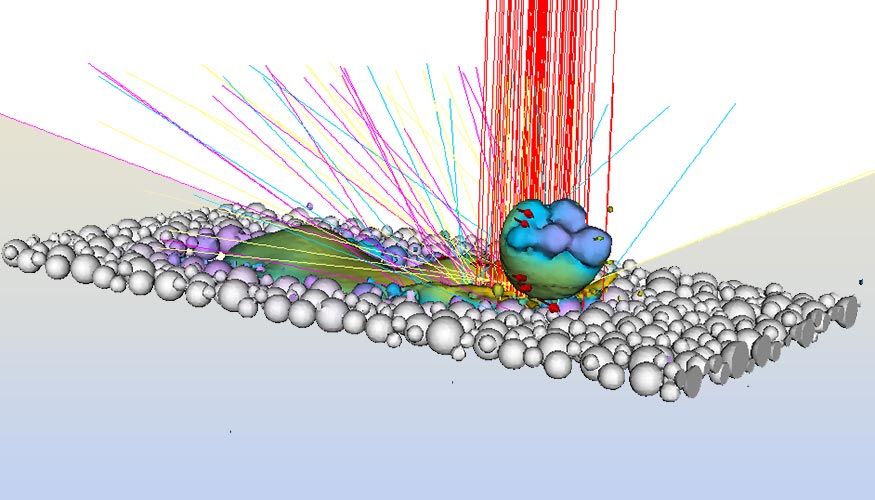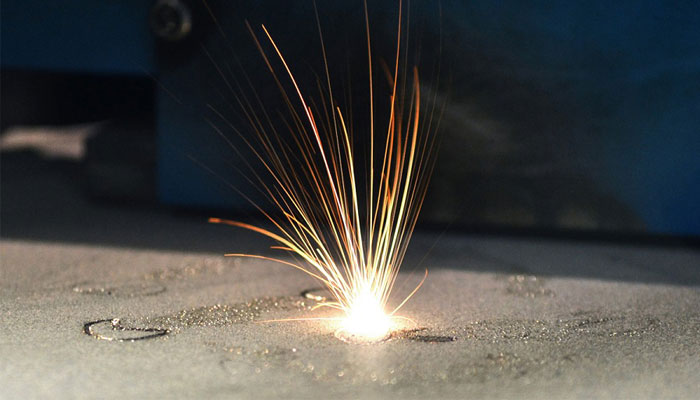LLNL is able to reduce metal powder spatter during fabrication

At the Lawrence Livermore National Laboratory (LLNL), a team of researchers has developed a technique to reduce the defects that can occur during the metal 3D printing process, particularly during laser powder bed fusion. Using a computer model, they were able to carry out various construction experiments on a microscopic scale, simulations which led to the definition of a stability criterion and a power map. This could help to reduce printing defects caused by powder particles ejected from the laser trajectory that fall back onto the workpiece – these are called spatters or projections.
Laser powder bed fusion (LPBF) is a metal additive fabrication process that uses a laser to solidify the powder layer by layer until the desired part is achieved. During the printing process, a number of parameters must be taken into account to avoid errors – laser power, part orientation, temperature management, etc. – and to ensure that the laser is always in the right position. Despite this, it is not uncommon to obtain a part with large cavities and pores – the laser can sometimes dig a hole in the metal due to too much energy being focused on a particular point.

Metal powder spatter could increase defects
Reducing metal powder spatters
Researchers at the LLNL have pinpointed another type of problem: the LPBF process can cause powder spatters. The powder is deflected from its original trajectory and deposited on the workpiece without being fused. Pores and defects appear, reducing the quality of the final part. Saad Khairallah, lead author of the study and computer physicist at LLNL, explains: “Spatter is the enemy of beautiful parts; it is not just small particles that fly, it can create powder aggregates that can then affect the print in various ways and under different scenarios.”
To reduce the formation of these spatters, the researchers relied on LLNL’s simulation capabilities and expertise in optical and X-ray imaging. They add: “X-ray diagnostics are the only techniques that can simultaneously probe the surface and underside of metal while providing the fidelity needed to track the rapid dynamics of laser-induced structural changes.” The researchers developed a stability criterion that resulted in a power map. As the team explains, this is a scanning strategy that adjusts the laser’s power output along its path. A technique that would reduce or even completely eliminate pores, cavities and other internal deformations.
In addition, the team realized that by pre-sintering the metal powder, the risk of spatters is reduced. This means that the multi-beam laser must be passed over the powder at very low temperature to fuse the particles together before final manufacture. This step could lead to the creation of more reliable parts. You can find more information HERE.
What do you think of this technique? Let us know in a comment down below or on our Facebook and Twitter pages! Don’t forget to sign up for our free weekly Newsletter, with all the latest news in 3D printing delivered straight to your inbox!







